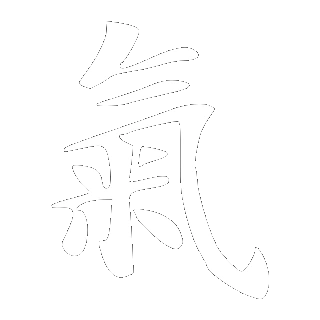History of Qigong
Qigong is an ancient Chinese practice that combines breathing techniques, meditation, and physical movement to promote health and wellbeing. Its origins can be traced back thousands of years to ancient Taoist and Buddhist philosophies, and over time, it has evolved and transformed into many different forms and variations. In this article, we’ll explore the fascinating history of qigong, from its earliest roots to its current popularity around the world.
The Origins of Qigong
The earliest forms of qigong can be traced back to ancient China, where it was developed as a way to promote longevity, health, and spiritual awareness. The first written records of qigong date back to the Zhou dynasty (1046-256 BCE), when it was referred to as “daoyin,” which means “guiding and leading” or “pulling and stretching.”
Over time, qigong evolved to include more complex movements and practices, incorporating principles of traditional Chinese medicine and Taoist philosophy. By the time of the Tang dynasty (618-907 CE), qigong had become a distinct practice, with a growing number of schools and styles.
One of the earliest and most influential qigong masters was Zhang Sanfeng, a Taoist monk who lived during the 12th century. Zhang is credited with developing Tai Chi, a popular form of qigong that involves slow, graceful movements, deep breathing, and meditation. According to legend, Zhang was inspired by the movements of a snake and a crane fighting, and he used these movements as the basis for the Tai Chi form.
Qigong During the Ming and Qing Dynasties
During the Ming dynasty (1368-1644), qigong continued to grow in popularity and sophistication, with a variety of different schools and styles emerging.
In the Qing dynasty (1644-1911), qigong became even more widespread, with many different styles and forms emerging. It was during this time that qigong began to incorporate elements of martial arts, with many practitioners developing qigong forms that focused on self-defense and fighting techniques.
During this time, qigong was largely practiced by martial artists and spiritual seekers, with little attention paid to its health benefits. However, this began to change in the early 20th century, as more and more people began to recognize the potential health benefits of qigong.
Modern Developments in Qigong
In the early 20th century, qigong underwent a transformation, as practitioners began to focus more on its health benefits and less on its spiritual and martial arts aspects. This led to the development of numerous qigong forms and styles that were specifically designed to promote health and wellbeing.
One of the most influential figures in the modern history of qigong is Liu Guizhen, who is often referred to as the “father of modern qigong.” Liu was a traditional Chinese medicine practitioner who began teaching qigong in the 1950s, and he played a key role in promoting qigong as a tool for healing and preventing illness.
During the 1950s and 1960s, qigong became increasingly popular in China, with many people practicing it as a way to improve their health and wellbeing. However, the practice was largely suppressed during the Cultural Revolution of the 1960s and 1970s, as the government viewed it as a threat to communist ideology.
It wasn’t until the 1980s that qigong began to gain widespread acceptance again, as the Chinese government began to promote it as a form of alternative medicine and a way to improve public health. This led to a resurgence of interest in qigong, both in China and around the world.
Today, qigong is practiced by millions of people around the world, and it has become a popular tool for promoting physical, emotional, and spiritual wellbeing. There are now thousands of different qigong forms and styles, each with their own unique benefits and characteristics.
Types of Qigong
Qigong can be divided into two main types: medical qigong and martial qigong.
Medical qigong
Medical qigong is focused on promoting health, preventing illness, and treating disease. It involves gentle, flowing movements, deep breathing, and meditation, and is often used as a complementary therapy alongside modern medical treatments.
Martial qigong
Martial qigong, on the other hand, is more focused on self-defense and combat. It incorporates the movements of traditional Chinese martial arts, and is often practiced by martial artists as a way to improve their technique and physical abilities.
Within these two main types of qigong, there are many different styles and forms. Some of the most popular qigong styles include Tai Chi, Baduanjin (Eight Pieces of Brocade), and Qigong Walking.
Tai Chi is one of the most well-known qigong forms, and is characterized by its slow, graceful movements, deep breathing, and meditation. It is often practiced by older adults as a way to improve balance, flexibility, and strength, and is also used as a complementary therapy for conditions such as arthritis and Parkinson’s disease.
Baduanjin, also known as the Eight Pieces of Brocade, is another popular qigong form that is focused on promoting health and wellbeing. It consists of eight movements that incorporate stretching, breathing, and meditation, and is often used as a way to improve overall physical health and mental wellbeing.
Qigong Walking is a more dynamic form of qigong that involves walking and breathing techniques. It is designed to promote cardiovascular health, improve circulation, and enhance energy levels.
Overall, qigong is a fascinating and versatile practice that has a rich and complex history. Whether you’re interested in improving your physical health, reducing stress, or exploring the spiritual aspects of qigong, there is a form and style of qigong that can help you achieve your goals.

